TDMM vs Traditional Market Makers: A Web3 Liquidity Revolution
In the ever-evolving world of Web3, token projects often struggle with a fundamental challenge: maintaining healthy liquidity without falling into the traps of artificial pumps, unsustainable incentives, or centralized manipulation. This is where TDMM (Token Dynamic Market Making) steps in—not just as a solution, but as a revolution. Let’s explore how TDMM stacks up against traditional market makers and why it might just be the future of liquidity in crypto. Understanding Traditional Market Makers Traditional market makers operate in a centralized model. Whether on Wall Street or centralized crypto exchanges, their role is to provide liquidity by constantly quoting buy and sell prices, earning from the spread and fees. In crypto, they’re often contracted by token projects to stabilize markets or create an illusion of activity, particularly during initial exchange listings. However, this approach has several flaws: High Costs: Token projects often pay large upfront retainers or offer massive token allocations to market makers with no guaranteed ROI. Lack of Transparency: Traditional market makers operate in black boxes, with little visibility into strategy or alignment with project goals. Short-Term Focus: Many aim to create volume spikes to attract attention, but fail to support long-term price and liquidity health. Enter TDMM: Token Dynamic Market Making TDMM is a Web3-native innovation that challenges everything we know about liquidity management. Instead of relying on centralized entities, TDMM leverages smart contracts, on-chain data, and dynamic strategies to create sustainable, transparent, and scalable liquidity models. Key Features of TDMM: On-chain Liquidity Optimization: TDMM uses automated algorithms that adjust liquidity based on real-time token behavior and trading activity. Transparent Execution: Every action is recorded on-chain, increasing trust among communities, investors, and partners. Alignment with Tokenomics: Unlike traditional market makers, TDMM integrates directly with a project’s vesting schedules, incentive mechanisms, and long-term vision. No Middlemen: Projects retain control over their liquidity strategies, avoiding third-party risks and hidden agendas. TDMM vs Traditional Market Makers: The Comparison Feature Traditional Market Makers TDMM Transparency Low High (on-chain, auditable) Cost Structure Expensive retainers or token swaps Usage-based, scalable with project growth Strategy Customization Standardized, often generic Custom-fit to tokenomics and project lifecycle Community Alignment Low High (incentivizes real users and holders) Sustainability Short-term liquidity spikes Long-term, adaptive liquidity health Why TDMM is the Future of Web3 Market Making The Web3 ethos is built on decentralization, transparency, and community-first principles—values that traditional market making often undermines. TDMM, by contrast, empowers token projects to: Own their market making strategy without external dependencies Reduce costs and optimize capital efficiency Engage their community through fair, on-chain mechanisms Build lasting liquidity that evolves as the project matures Final Thoughts Traditional market making had its place in early crypto markets, but as the ecosystem matures, Web3 demands Web3-native solutions. TDMM offers just that—a liquidity model built for tokens, by tokens, and aligned with long-term success. As more projects adopt TDMM, we're likely to witness a new paradigm where token liquidity is no longer a bottleneck, but a strategic advantage. Ready to revolutionize your token’s liquidity strategy? TDMM isn’t just a trend—it’s the future of market making in Web3. Would you like this blog converted into a LinkedIn article or formatted for platforms like Medium or Mirror?
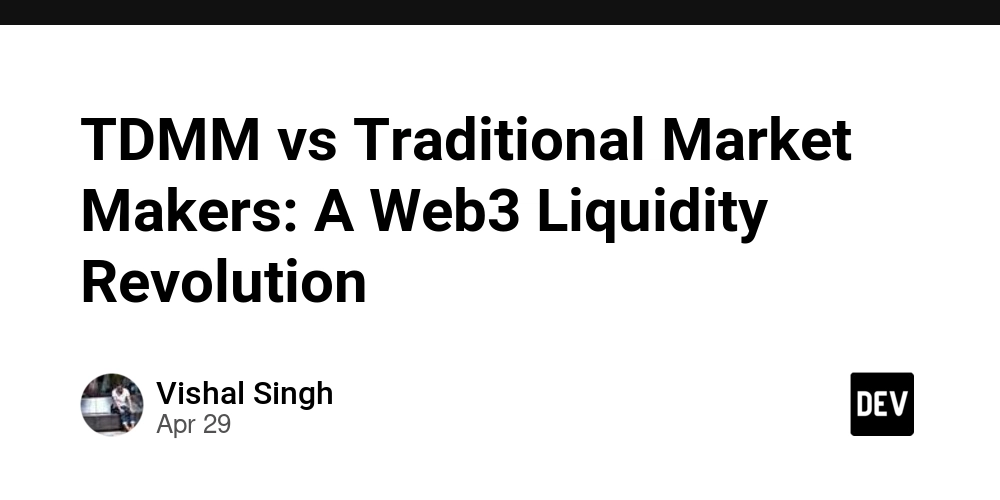
In the ever-evolving world of Web3, token projects often struggle with a fundamental challenge: maintaining healthy liquidity without falling into the traps of artificial pumps, unsustainable incentives, or centralized manipulation. This is where TDMM (Token Dynamic Market Making) steps in—not just as a solution, but as a revolution.
Let’s explore how TDMM stacks up against traditional market makers and why it might just be the future of liquidity in crypto.
Understanding Traditional Market Makers
Traditional market makers operate in a centralized model. Whether on Wall Street or centralized crypto exchanges, their role is to provide liquidity by constantly quoting buy and sell prices, earning from the spread and fees. In crypto, they’re often contracted by token projects to stabilize markets or create an illusion of activity, particularly during initial exchange listings.
However, this approach has several flaws:
- High Costs: Token projects often pay large upfront retainers or offer massive token allocations to market makers with no guaranteed ROI.
- Lack of Transparency: Traditional market makers operate in black boxes, with little visibility into strategy or alignment with project goals.
- Short-Term Focus: Many aim to create volume spikes to attract attention, but fail to support long-term price and liquidity health.
Enter TDMM: Token Dynamic Market Making
TDMM is a Web3-native innovation that challenges everything we know about liquidity management. Instead of relying on centralized entities, TDMM leverages smart contracts, on-chain data, and dynamic strategies to create sustainable, transparent, and scalable liquidity models.
Key Features of TDMM:
- On-chain Liquidity Optimization: TDMM uses automated algorithms that adjust liquidity based on real-time token behavior and trading activity.
- Transparent Execution: Every action is recorded on-chain, increasing trust among communities, investors, and partners.
- Alignment with Tokenomics: Unlike traditional market makers, TDMM integrates directly with a project’s vesting schedules, incentive mechanisms, and long-term vision.
- No Middlemen: Projects retain control over their liquidity strategies, avoiding third-party risks and hidden agendas.
TDMM vs Traditional Market Makers: The Comparison
| Feature | Traditional Market Makers | TDMM |
|---|---|---|
| Transparency | Low | High (on-chain, auditable) |
| Cost Structure | Expensive retainers or token swaps | Usage-based, scalable with project growth |
| Strategy Customization | Standardized, often generic | Custom-fit to tokenomics and project lifecycle |
| Community Alignment | Low | High (incentivizes real users and holders) |
| Sustainability | Short-term liquidity spikes | Long-term, adaptive liquidity health |
Why TDMM is the Future of Web3 Market Making
The Web3 ethos is built on decentralization, transparency, and community-first principles—values that traditional market making often undermines. TDMM, by contrast, empowers token projects to:
- Own their market making strategy without external dependencies
- Reduce costs and optimize capital efficiency
- Engage their community through fair, on-chain mechanisms
- Build lasting liquidity that evolves as the project matures
Final Thoughts
Traditional market making had its place in early crypto markets, but as the ecosystem matures, Web3 demands Web3-native solutions. TDMM offers just that—a liquidity model built for tokens, by tokens, and aligned with long-term success.
As more projects adopt TDMM, we're likely to witness a new paradigm where token liquidity is no longer a bottleneck, but a strategic advantage.
Ready to revolutionize your token’s liquidity strategy?
TDMM isn’t just a trend—it’s the future of market making in Web3.
Would you like this blog converted into a LinkedIn article or formatted for platforms like Medium or Mirror?



































































































































































![[The AI Show Episode 145]: OpenAI Releases o3 and o4-mini, AI Is Causing “Quiet Layoffs,” Executive Order on Youth AI Education & GPT-4o’s Controversial Update](https://www.marketingaiinstitute.com/hubfs/ep%20145%20cover.png)















































































































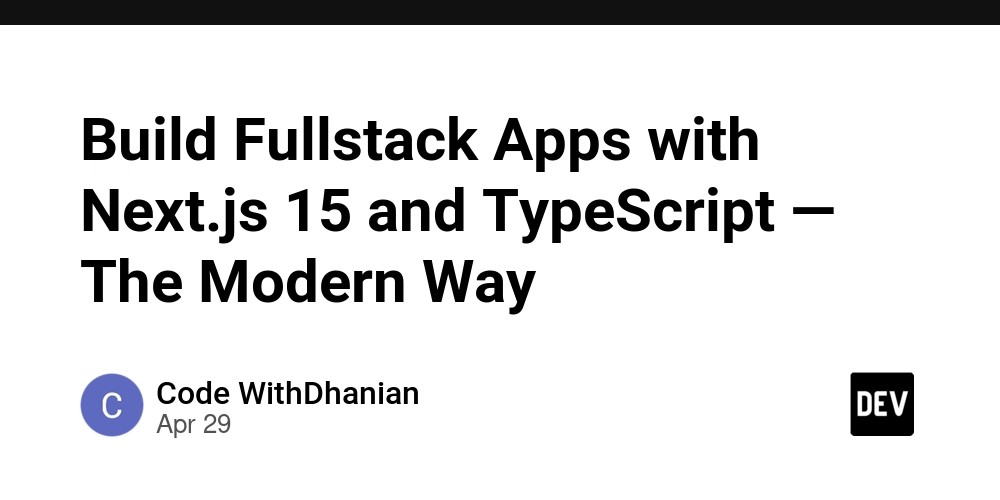


















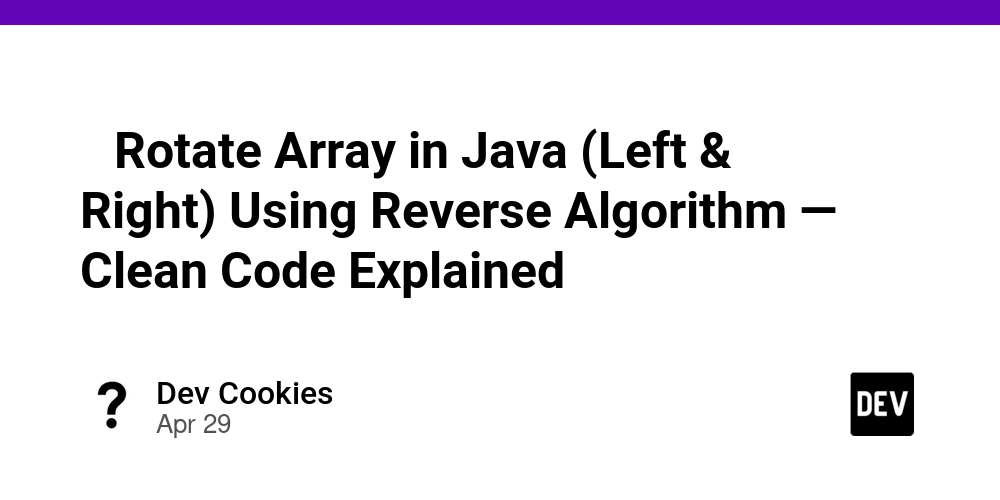
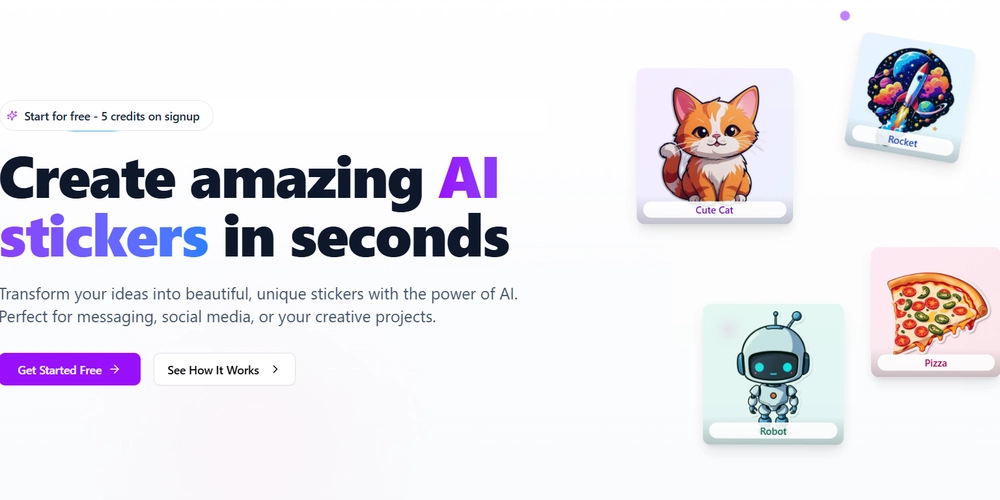












































































































.png?width=1920&height=1920&fit=bounds&quality=70&format=jpg&auto=webp#)






















_Vladimir_Stanisic_Alamy.jpg?width=1280&auto=webp&quality=80&disable=upscale#)













































































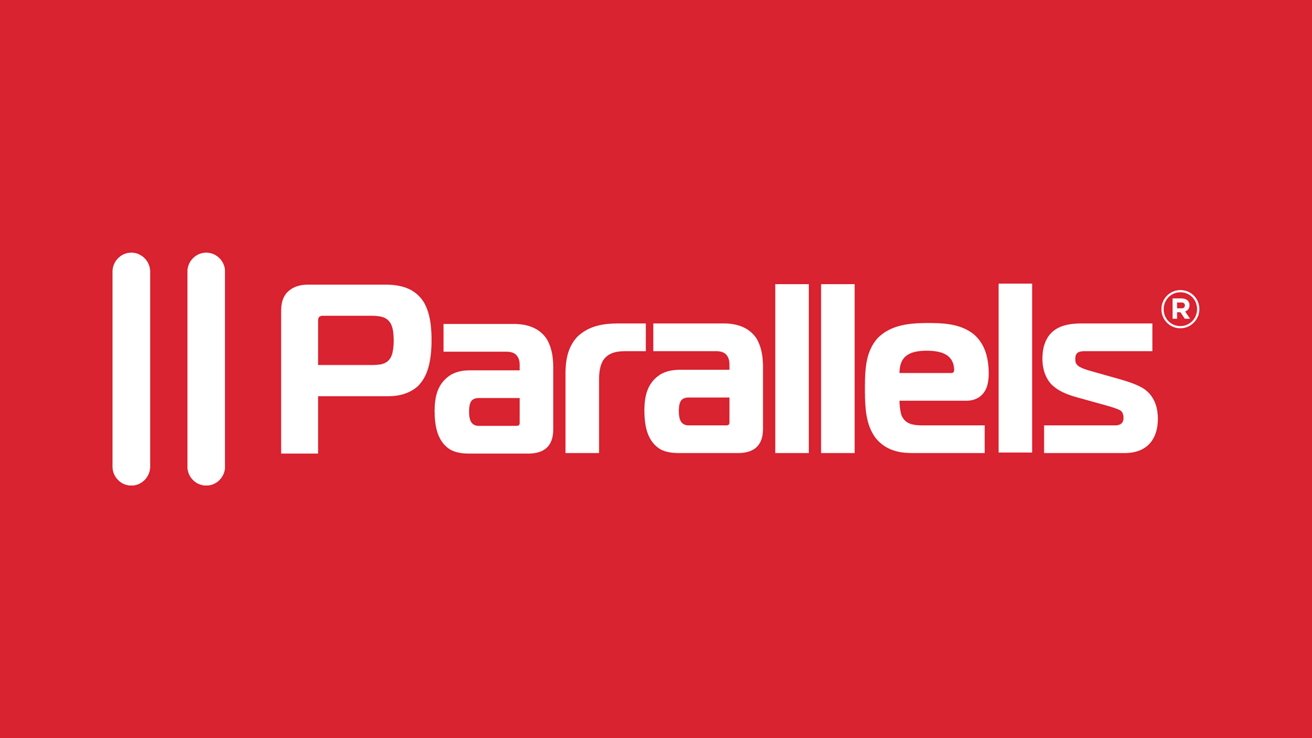




























![Standalone Meta AI App Released for iPhone [Download]](https://www.iclarified.com/images/news/97157/97157/97157-640.jpg)

![AirPods Pro 2 With USB-C Back On Sale for Just $169! [Deal]](https://www.iclarified.com/images/news/96315/96315/96315-640.jpg)
![Apple Releases iOS 18.5 Beta 4 and iPadOS 18.5 Beta 4 [Download]](https://www.iclarified.com/images/news/97145/97145/97145-640.jpg)
















































![Did T-Mobile just upgrade your plan again? Not exactly, despite confusing email [UPDATED]](https://m-cdn.phonearena.com/images/article/169902-two/Did-T-Mobile-just-upgrade-your-plan-again-Not-exactly-despite-confusing-email-UPDATED.jpg?#)
















































